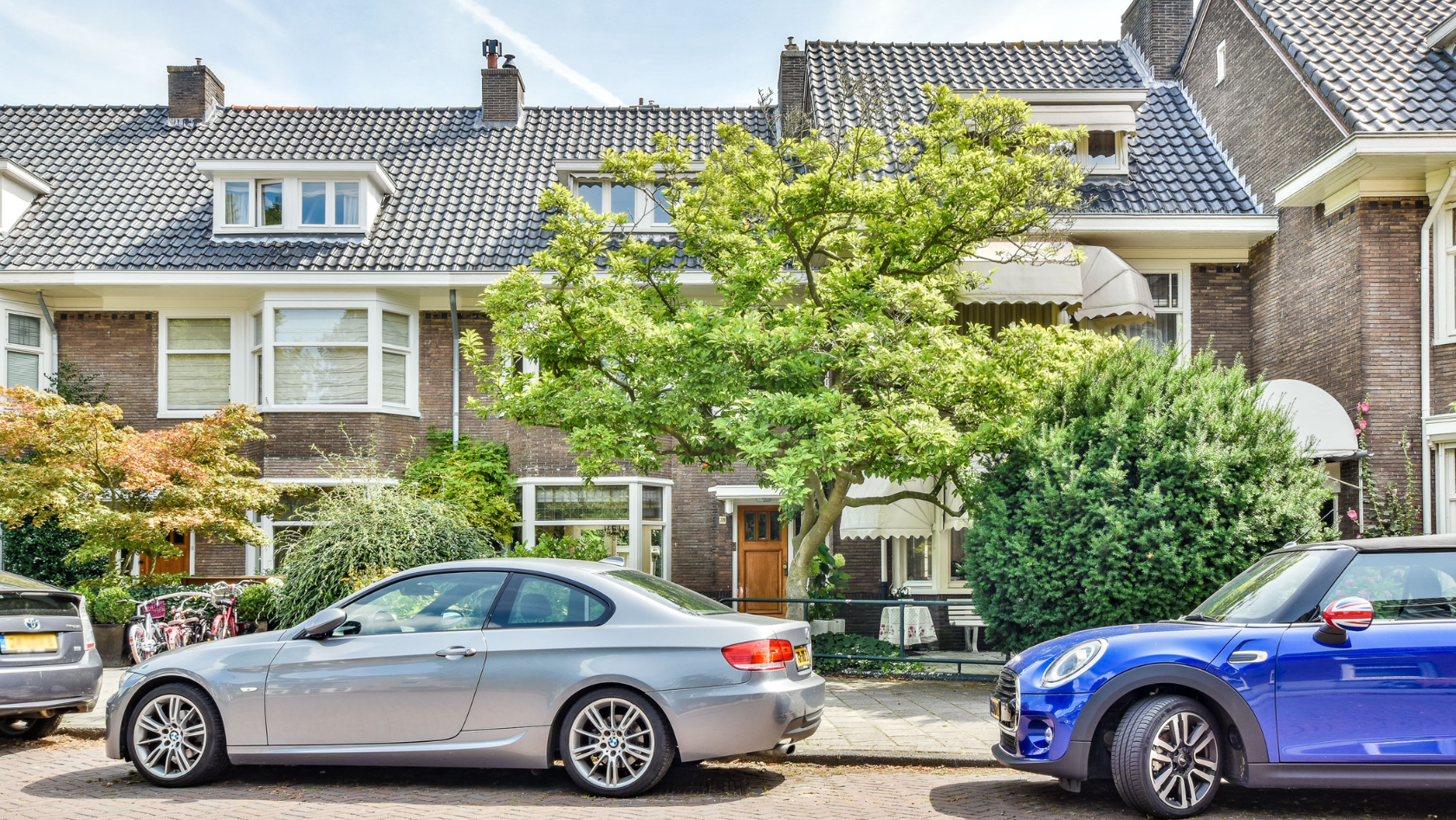Under the city’s City of Yes for Housing Opportunity zoning reform, parking requirements for new residential development including ADUs are being significantly scaled back. For homeowners and investors in Staten Island and Brooklyn, this means more flexibility, lower build costs and new opportunities.
What the New Rules Say
The reform acknowledges three zone-types:
Zone 1: Parking requirements fully eliminated for new buildings in areas with strong transit access. citymeetings.nyc+1
Zone 2: Significantly reduced parking minimums for residential developments. For example, in an R6 district requiring only 25% parking rather than previous 50-70%. Greenberg Traurig+1
Zone 3: Most current parking requirements remain intact for outer-zones with lesser transit access.
The reform specifically identifies ADUs and small-scale development as beneficiaries of waived or reduced parking mandates in many cases. City Limits+1
Why It Matters for Staten Island and Brooklyn
If your property is within a zone near transit (bus lines, ferry, rail) new-build ADUs or accessory units may not need dedicated parking - reducing cost and permitting hurdles.
In older neighborhoods where parking is scarce, this reform lowers one of the biggest barriers to adding a unit or converting.
Lower parking minimums translate to lower construction cost, higher return on investment, and more adaptability in tight lots.
What Owners Should Do
Identify which zone your property falls into: Zone 1, 2 or 3 under City of Yes.
Review the existing off-street parking requirement under your current zoning.
If you’re planning an ADU, ask whether you qualify for a waiver or reduced parking requirement under the new rules.
Consult your zoning attorney or planner early in the process - this is where cost savings begin.
The change to parking mandates may be one of the most practical reforms of City of Yes for homeowners and small-scale developers in Staten Island and Brooklyn. It’s less glamour than a new accessory dwelling, but the cost savings may make all the difference.
—
Joseph Ranola | Five-Star Staten Island & South Brooklyn Realtor® (30 + Google reviews)
Associate Broker · Matias Real Estate | Founder · Bridge & Boro Team
Serving 103xx and 11209 / 11214 / 11228 | $25 M + closed volume
📞 917-716-1496 | ranolarealestate.com





